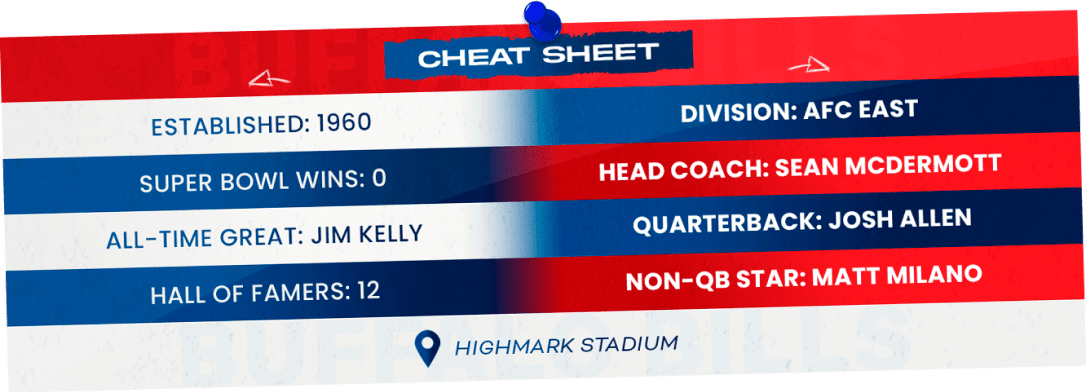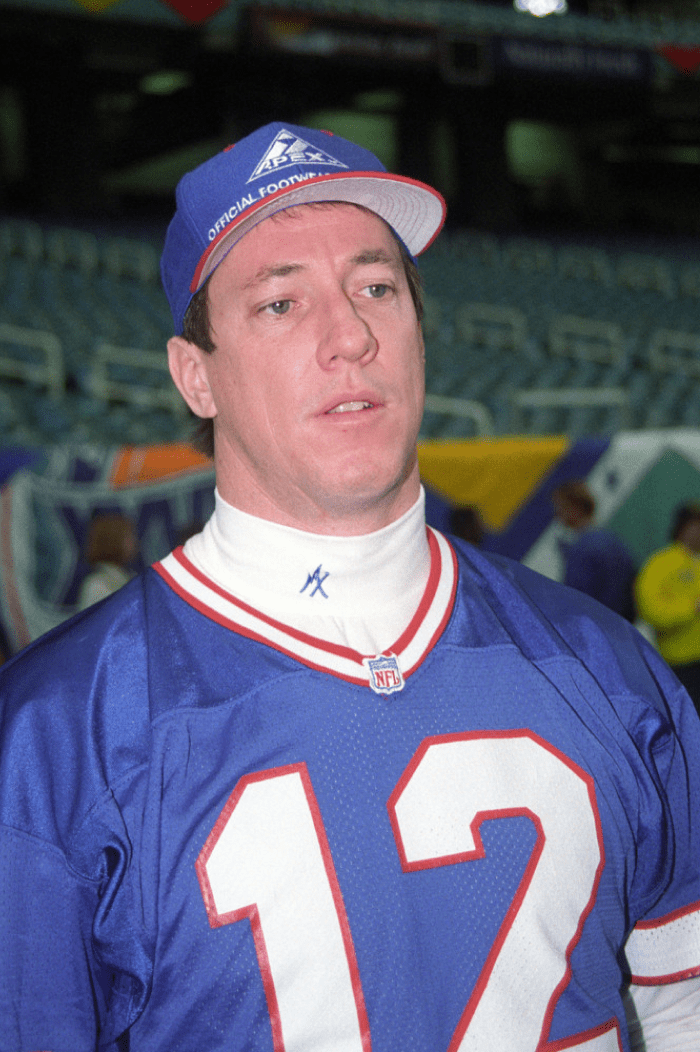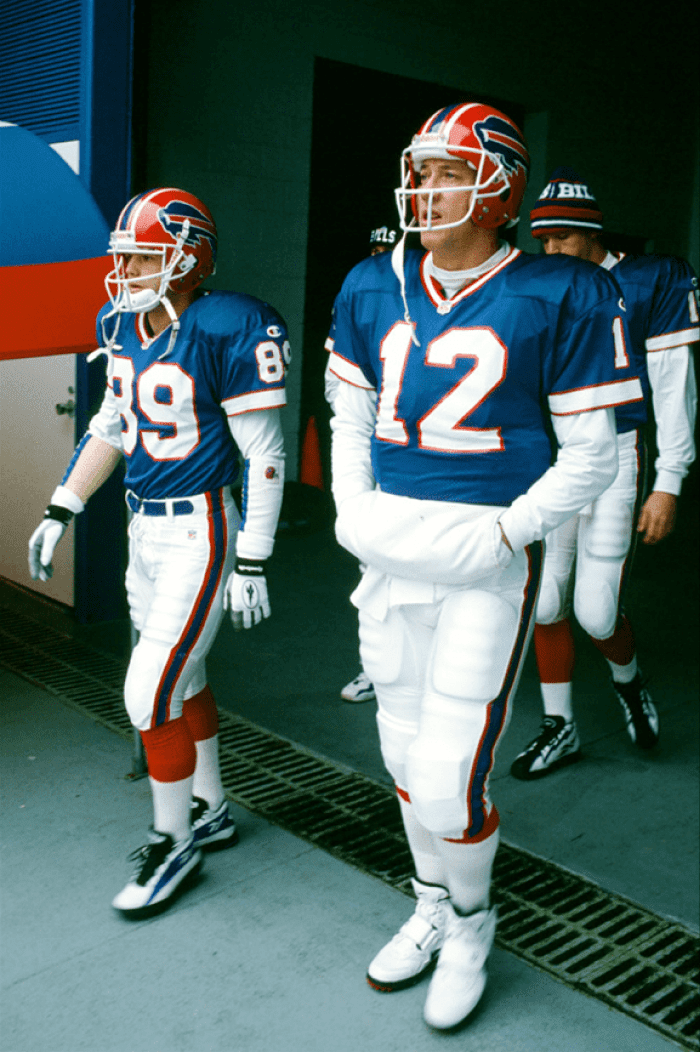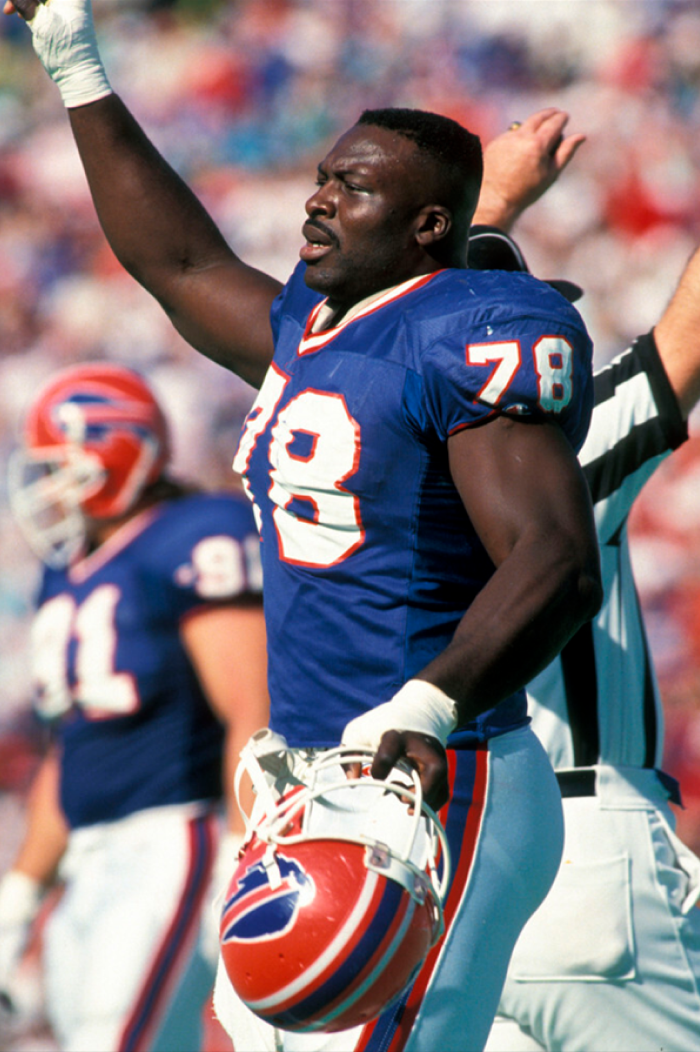
one
The city of Buffalo has been no stranger to professional football. In the 1940s, the city had a team that played in the old All-America Football Conference (AAFC), initially called the Buffalo Bisons, before becoming the Bills. In 1959, as Lamar Hunt was founding the American Football League (AFL), Ralph C. Wilson was granted a franchise - naming his new team after the side that played in the AAFC. Their debut season came in 1960, with the team winning five of 14 games - but success didn’t elude the Bills for much longer.

Highmark Stadium
TWO
The Buffalo Bills hired Lou Saban as their head coach before the 1962 season, and in the middle of that year, acquired quarterback Jack Kemp. In 1963 - Kemp’s first full season with the team - the quarterback led Buffalo to their first-ever playoff appearance and then went one better the following year, winning the franchise’s first-ever championship after defeating the San Diego Chargers in the 1964 AFL Championship Game. The Bills then won back-to-back titles thanks to their 23-0 victory over San Diego the next season. When the AFL merged with the NFL, Buffalo were in with a chance to play in the very-first Super Bowl - but lost in the 1966 AFL Championship Game. After winning just one game in the 1968 season, the team earned the first-overall pick in the upcoming draft.

Jack Kemp, Quarterback 1962-1969
THREE
FOUR

Jim Kelly, Quarterback 1986-1996
FIVE

Thurman Thomas, Running Back 1988-1999
SIX
The Buffalo Bills achieved something in the early nineties that had never been done before, and hasn’t been done since. The franchise appeared in four-straight Super Bowls. Following the 1990 season, they took on the New York Giants in Super Bowl XXV and with eight seconds left, had a chance to take the lead. After attempting a 47-yard field goal, Scott Norwood’s kick sailed “wide right” of the goalposts. The Giants lifted the Lombardi Trophy - and those two words still haunt every Bills fan to this day. The following season, the Bills returned to the Super Bowl. But in Super Bowl XXVI - against Washington - they were unable to overcome a 17-0 deficit at the half and eventually lost 37-24.

‘Wide Right’ - Scott Norwood, Super Bowl XXV
SEVEN

Jim Kelly with Steve Tasker, Wide Receiver 1986-1997
EIGHT

Bruce Smith, Defensive End 1985-1999
NINE

Josh Allen, Quarterback 2018-Present
BEFORE YOU GO
The Buffalo Bills were owned by Ralph C. Wilson until he died in 2014. The team was then purchased by Kim and Terry Pegula, for $1.4 billion, under the condition that they remain in Buffalo, as per Wilson’s will.

One of the more famous aspects of the franchise is the fanbase. ‘Bills Mafia’, are renowned for their unique approach to fandom - even jumping into folding tables, or covering themselves in various sauces, before games.

Despite the presence of the New York Jets and New York Giants, the Bills are technically the only NFL team to play in the state of New York.










